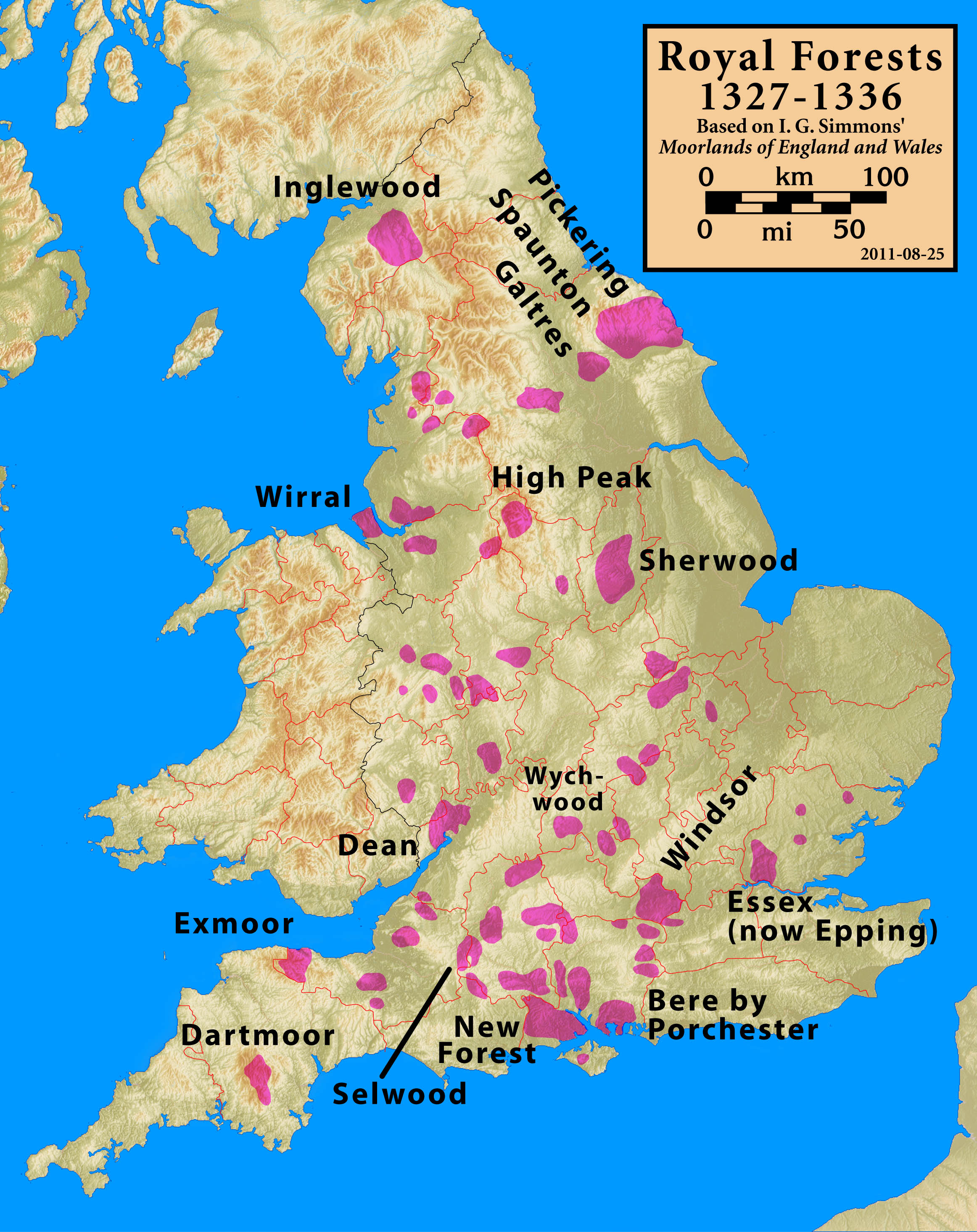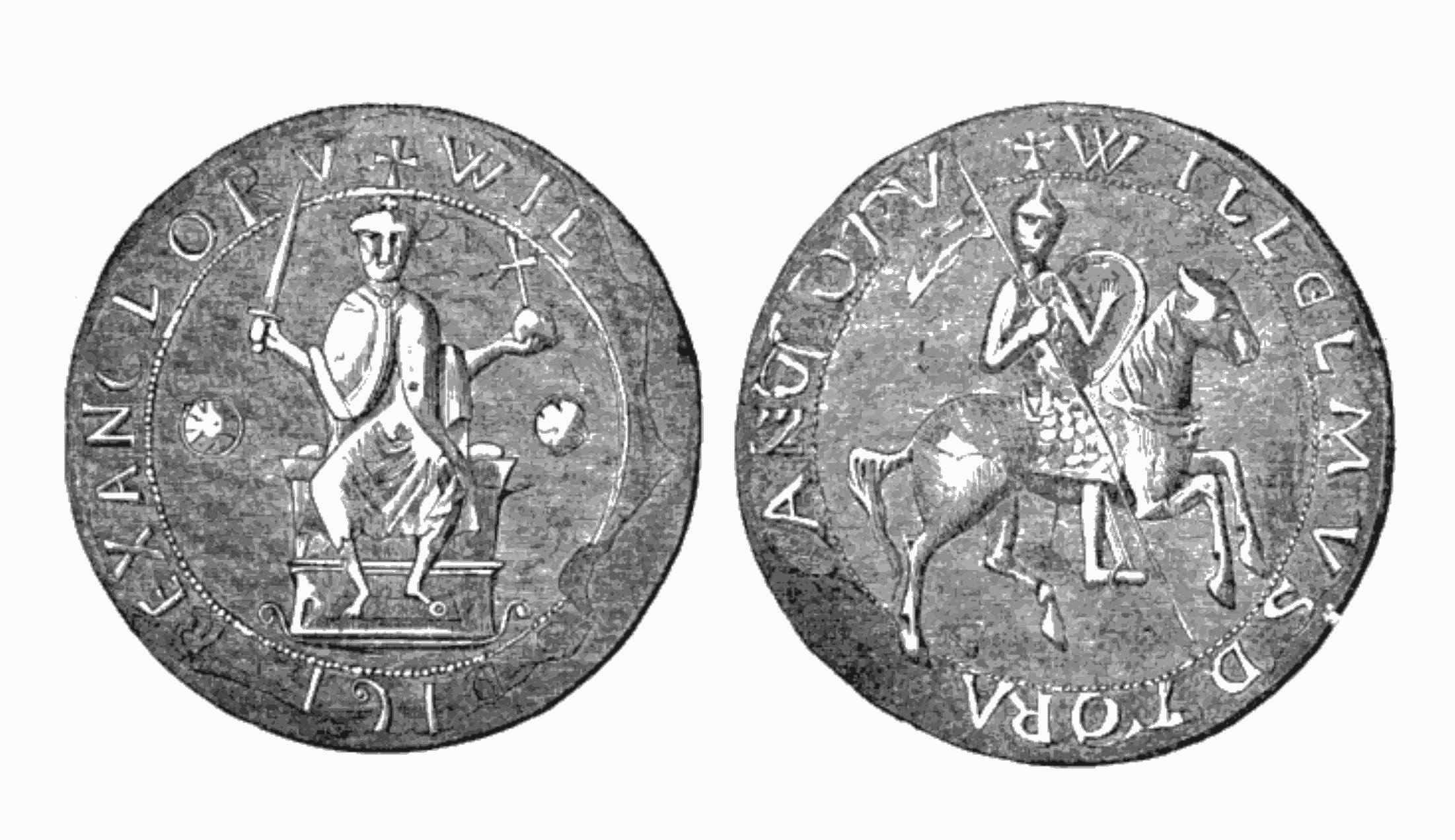|
Minstead
Minstead is a small village and civil parish in the New Forest, Hampshire, about north of Lyndhurst. There is a shop and a pub, the ''Trusty Servant''. Sir Arthur Conan Doyle's grave is under a large tree at the back of the 13th century All Saints' church. Overview Minstead is a small village and civil parish in the New Forest. The majority of the parish area is a complex of woodland, heathland, acid grassland, scrub and valley bog, supporting a great richness and diversity of wildlife. One mile north of the village at Lower Canterton lies the Rufus Stone, said to mark the place where in 1100 King William II ("William Rufus") was killed by an arrow whilst out hunting. Nearby Furzey Gardens contain of landscaped gardens containing many interesting and rare plants. There is also a gallery, open to the public from March to October, as well as a tree house and play area for children. History People have lived in the area of Minstead since prehistoric times. Paleolithic to ... [...More Info...] [...Related Items...] OR: [Wikipedia] [Google] [Baidu] |
Sir Arthur Conan Doyle
Sir Arthur Ignatius Conan Doyle (22 May 1859 – 7 July 1930) was a British writer and physician. He created the character Sherlock Holmes in 1887 for ''A Study in Scarlet'', the first of four novels and fifty-six short stories about Holmes and Dr. Watson. The Sherlock Holmes stories are milestones in the field of crime fiction. Doyle was a prolific writer; other than Holmes stories, his works include fantasy and science fiction stories about Professor Challenger and humorous stories about the Napoleonic soldier Brigadier Gerard, as well as plays, romances, poetry, non-fiction, and historical novels. One of Doyle's early short stories, "J. Habakuk Jephson's Statement" (1884), helped to popularise the mystery of the ''Mary Celeste''. Name Doyle is often referred to as "Sir Arthur Conan Doyle" or "Conan Doyle", implying that "Conan" is part of a compound surname rather than a middle name. His baptism entry in the register of St Mary's Cathedral, Edinburgh (Roman Catholic ... [...More Info...] [...Related Items...] OR: [Wikipedia] [Google] [Baidu] |
Bisterne
Bisterne is a hamlet in the civil parish of Ringwood in the New Forest National Park in Hampshire, England. Its nearest town is Ringwood, which lies to the north. History Bisterne is listed in the Domesday Book of 1086 as Betestre. It was possessed by the sons of Godric Malf in 1086, who had himself possessed it prior to 1066. The place was known as Bettesthorne in the 13th century, and gave its name to its early lords, the Bettesthorne family, who also owned lands in Minstead. In the 15th century it passed by inheritance to the Berkeley family, and in the 16th century to the Compton family. In 1792, John Compton sold the manor to William Mills and the manor house subsequently remained in the Mills family. The church of Saint Paul, Bisterne, was built in 1842 of brick with stone dressings to a design by George Evans. It consists of a nave of five bays, aisles, north porch and tower with spire containing one bell. A schoolhouse built in 1840 survives in the hamlet. RAF Biste ... [...More Info...] [...Related Items...] OR: [Wikipedia] [Google] [Baidu] |
New Forest
The New Forest is one of the largest remaining tracts of unenclosed pasture land, heathland and forest in Southern England, covering southwest Hampshire and southeast Wiltshire. It was proclaimed a royal forest by William the Conqueror, featuring in the Domesday Book. It is the home of the New Forest Commoners, whose ancient rights of common pasture are still recognised and exercised, enforced by official verderers and agisters. In the 18th century, the New Forest became a source of timber for the Royal Navy. It remains a habitat for many rare birds and mammals. It is a biological and geological Site of Special Scientific Interest. Several areas are Geological Conservation Review and Nature Conservation Review sites. It is a Special Area of Conservation, a Ramsar site and a Special Protection Area. Copythorne Common is managed by the Hampshire and Isle of Wight Wildlife Trust, Kingston Great Common is a national nature reserve (United Kingdom), national nature ... [...More Info...] [...Related Items...] OR: [Wikipedia] [Google] [Baidu] |
William II Of England
William II ( xno, Williame; – 2 August 1100) was King of England from 26 September 1087 until his death in 1100, with powers over Normandy and influence in Scotland. He was less successful in extending control into Wales. The third son of William the Conqueror, he is commonly referred to as William Rufus ( being Latin for "the Red"), perhaps because of his ruddy appearance or, more likely, due to having red hair as a child that grew out in later life. William was a figure of complex temperament, capable of both bellicosity and flamboyance. He did not marry nor have children, which – along with contemporary accounts – has led historians to speculate on homosexuality or bisexuality. He died after being hit by an arrow while hunting, under circumstances that remain unclear. Circumstantial evidence in the behaviour of those around him raises strong, but unproven, suspicions of murder. His younger brother Henry I hurriedly succeeded him as king. Historian Frank Barlo ... [...More Info...] [...Related Items...] OR: [Wikipedia] [Google] [Baidu] |
Lyndhurst, Hampshire
Lyndhurst is a large village and civil parish situated in the New Forest National Park in Hampshire, England. Serving as the administrative capital of the New Forest, it is a popular tourist attraction, with many independent shops, art galleries, cafés, museums, pubs and hotels. The nearest city is Southampton, about nine miles () to the north-east. As of 2001 Lyndhurst had a population of 2,973, increasing to 3,029 at the 2011 Census. The name derives from an Old English name, comprising the words ''lind'' (lime tree) and ''hyrst'' (wooded hill). Known as the "Capital of the New Forest", Lyndhurst houses the New Forest District Council. The first mention of Lyndhurst was in the Domesday Book of 1086 under the name 'Linhest'. The Court of Verderers sits in the Kings House in Lyndhurst. The church of St. Michael and All Angels was built in the 1860s, and contains a fresco by Lord Leighton and stained-glass windows by Charles Kempe, William Morris, Edward Burne-Jones and ot ... [...More Info...] [...Related Items...] OR: [Wikipedia] [Google] [Baidu] |
New Forest (district)
New Forest is a local government district in Hampshire, England. Its council is based in Lyndhurst. The district covers most of the New Forest National Park, from which it takes its name. The district was created on 1 April 1974, under the Local Government Act 1972, by the merger of the municipal borough of Lymington with New Forest Rural District and part of Ringwood and Fordingbridge Rural District. With its population estimated at 179,753 in mid-2018, New Forest is one of the most populated districts in England not to be a unitary authority. It was recommended by the Banham Commission to become one in 1995, but this was vetoed by the government of the day. Politics Elections to the council are held every four years, with all of the 60 seats on the council being elected at each election. From the 1999 election, the Conservatives have had a majority on the council, following a period of No overall control between 1991 and 1995, then Liberal Democrat control from 1995 ... [...More Info...] [...Related Items...] OR: [Wikipedia] [Google] [Baidu] |
New Forest East (UK Parliament Constituency)
New Forest East is a constituency represented in the House of Commons of the UK Parliament since 1997 by Julian Lewis, a member of the Conservative Party. Constituency profile The industrial element and mid-density housing of the Southampton Water strip results in some or all Labour and Liberal Democrat councillors in this area at the local district elections from creation to date, and contributes strongly towards the latter party's peak performance leaving the winner a 9% majority in 2001. This contrasts with the Conservative winner's greatest majority to date in 2017 of 42.8% of the votes over his nearest rival which ranks Lewis among the top 10% of his party's MPs by majority. The history of district itself is typical of inherent suburban and retiree districts as it was largely created for the preservation of the National Park and to provide contrast in planning and ethos to the City of Southampton and the Bournemouth conurbation. The constituency covers the eastern half ... [...More Info...] [...Related Items...] OR: [Wikipedia] [Google] [Baidu] |
Tallage
Tallage or talliage (from the French ''tailler, i.e. '' a part cut out of the whole) may have signified at first any tax, but became in England and France a land use or land tenure tax. Later in England it was further limited to assessments by the crown upon cities, boroughs, and royal domains. In effect, tallage was a land tax. England Land taxes were not unknown in England, as the Anglo-Saxon kings had periodically levied a Danegeld on that basis, but tallage was brought to England by the Normans as a feudal duty. The word first appeared in the reign of Henry II as a synonym for the , which was an occasional payment exacted by king and barons. Under Henry's sons it became a common source of royal revenue. It was condemned in the Magna Carta of 1215, and its imposition practically ceased by 1283 in favour of a general grant made in parliament. There were three further attempts to impose tallage, and it was formally abolished in England in 1340 under Edward III, when parliament's ... [...More Info...] [...Related Items...] OR: [Wikipedia] [Google] [Baidu] |
Testwood
Totton and Eling () is a civil parish in Hampshire, England, with a population of about 29,000 people. It contains the town of Totton and is situated between the eastern edge of the New Forest and the River Test, close to the city of Southampton but outside the city boundary; the town is within the New Forest non-metropolitan district. Surrounding towns and villages include Ashurst, Marchwood, Cadnam and Ower. Description Totton claimed to be the largest village in England until it was made a town in 1974. The town is often considered to be made up of several smaller villages, such as Testwood, Calmore and Hammonds Green (as well as the original village of Totton) which have been connected by new clusters of housing to form the town as it is today. This is backed up by the presence of several areas of local shops, which served their respective villages in the past, and to an extent still do today. Until the 1967 forest perambulation fencing, New Forest ponies were free to r ... [...More Info...] [...Related Items...] OR: [Wikipedia] [Google] [Baidu] |
Freshwater, Isle Of Wight
Freshwater is a large village and civil parish at the western end of the Isle of Wight, England. The southern, coastal part of the village is Freshwater Bay, named for the adjacent small cove. Freshwater sits at the western end of the region known as the Back of the Wight or the West Wight, a popular tourist area. Freshwater is close to steep chalk cliffs. It was the birthplace of physicist Robert Hooke and was the home of Poet Laureate Alfred Lord Tennyson. Landmarks Freshwater is famous for its geology and coastal rock formations that have resulted from centuries worth of coastal erosion. The "Arch Rock" was a well-known local landmark that collapsed on 25 October 1992. The neighbouring "Stag Rock" is so named because supposedly a stag leapt to the rock from the cliff to escape during a hunt. Another huge slab fell off the cliff face in 1968, and is now known as the "Mermaid Rock". Immediately behind Mermaid Rock lies a small sea cave that cuts several metres int ... [...More Info...] [...Related Items...] OR: [Wikipedia] [Google] [Baidu] |






.jpg)
